Since the legalisation of medical cannabis, there has been a growing trend of Aussie farmers trialling marijuana cultivation on their land.
This seems like a brilliant idea as famers are clearly experts at cultivating. However, there is a bit of science behind the drying process.
Correct and consistent humidity levels play a pivotal role in reducing plant disease and maximising plant health.
To enable a year-round yield, meaning dried and ready crop every three months, the grow room must maintain a consistent climate. Humidity and dry air are both a consideration and a careful balance between the two creates the optimal level for drying cannabis.
In an endeavour to reproduce the outdoor environment, indoor agriculture can encounter certain challenges in climate regulation including humidity levels.
As the Medical Cannabis industry grows in Australia and the world, it is important to understand how humidity can affect cannabis as it is extremely sensitive to humidity.
It is susceptible to a variety of humidity-related diseases such as botrytis, downy mildew and Alternaria.
- Treating humidity in the growing and drying spaces with a dehumidifier for cannabis is the most efficient method to eliminate diseases.
- Due to cannabis’ strict regulations, both for medicinal and commercial use, it is necessary to eliminate disease without chemicals. In order to achieve this, the application growing spaces require dehumidification.
A number of factors play a role in controlling humidity: indoor or outdoor process, room temperature, number of plants, how much you water. But, ultimately, nearly every indoor grower, no matter how small or large the application, is going to need a dehumidifier or humidifier to achieve indoor air quality.
- In a greenhouse or a closed facility, plants constantly transpire water, increasing humidity. If left unchecked relative humidity will quickly increase.
- The dew point is reached once water vapour saturates the air. Water starts to condense on the cooler surfaces, including the plants and inside the buds. This condensation leads to the development of fungal pathogens, which leads to the spread of disease and bud rot.
Throughout each process in the cannabis lifecycle, humidity control is required to maintain optimal growth and drying conditions and dehumidifiers will improve grow quality, increase dry weight mass, and encourage the manufacture of compounds.
There are two common types of dehumidifiers that can be applied.
Desiccant Dehumidifier:
A desiccant dehumidifier uses rotors. These rotors help keep a consistent level of humidity, removing water from the air through double air flow via a large wheel mostly composed of active silica gel, which is tremendously effective at adsorbing moisture.
Refrigerant (Mechanical) Dehumidifiers:
In comparison, mechanical dehumidifiers work in a similar way to a refrigerator. They usually work by drawing moist air over a refrigerated coil with a fan. The cold evaporator coil of the refrigeration device condenses the water, which is removed, and then the air is reheated by the condenser coil. The now dehumidified, warm air is released into the room
Comparing Performance:
The main benefit of a desiccant dehumidifier is that it performs exceptionally well when used in cooler temperatures, or when a low dew point is required. As there is no actual water produced during the process, these units can work effectively at sub-zero temperatures. The main industries that profit from this technology is food, chemical and pharmaceutical laboratories, automotive and marine storage and restoration, bridge restoration and paper and photographic storage.
In comparison, Mechanical (refrigerant) type units are more economical at higher temperatures i.e., 30 degrees C. They are also particularly useful in the early stage of flood restorations.
Due to cannabis’ strict regulations, both for medicinal and commercial use, it is necessary to try and eliminate disease without or with minimal chemicals. In order to achieve this, the application space requires humidity control.
At Humiscope we take all things into consideration when planning the design and installation of your dehumidifier. For example, room temperature, size, number of plants and how much you water.
Our dehumidifiers will regulate humidity and prevent plants from mildew and fungi which occurs due to high moisture content and high temperatures in the greenhouse.
While we custom design, build and install dehumidifiers, we are also experts in the service and maintenance of dehumidifiers regardless of brand.
If you want to know more or have any questions, contact Humiscope and either I or one of our techs or engineers would love to have a chat. https://www.humiscope.com.au/


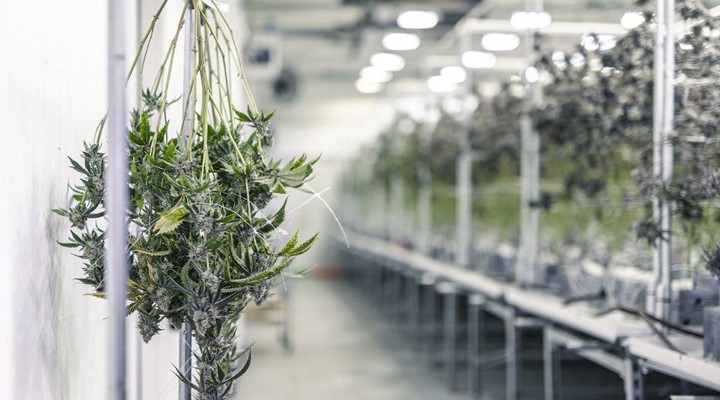
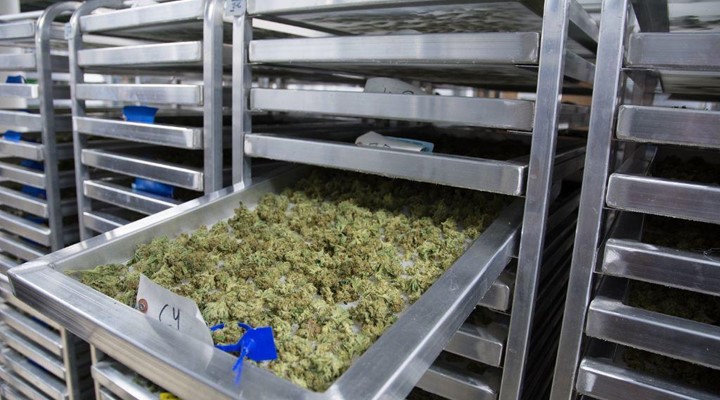
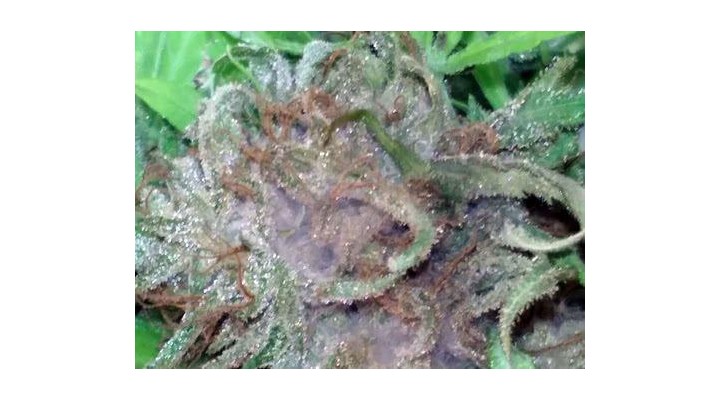


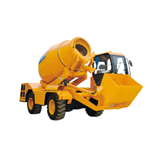
-160x160-state_article-rel-cat.png)

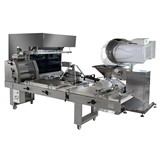




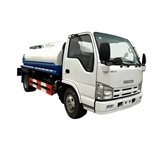

-160x160-state_article-rel-cat.png)

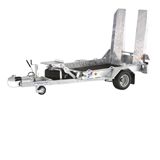
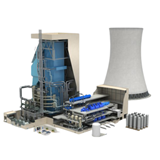



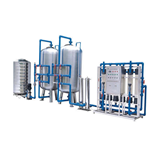
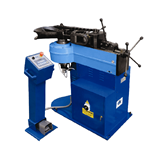
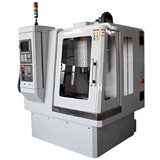

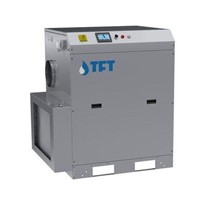

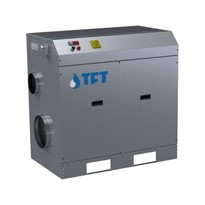
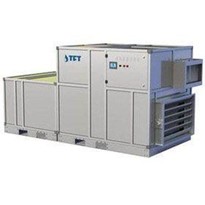
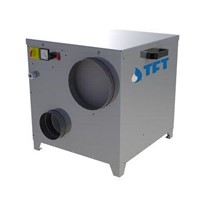
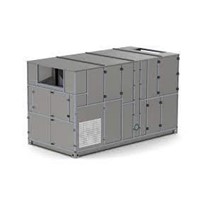
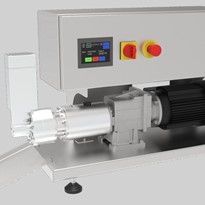
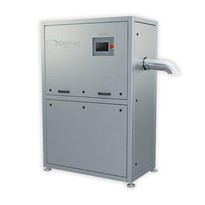
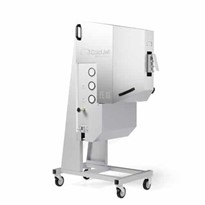
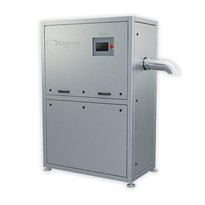
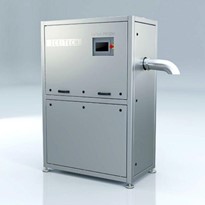
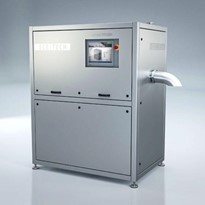
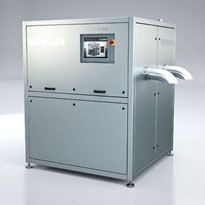
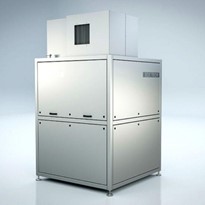
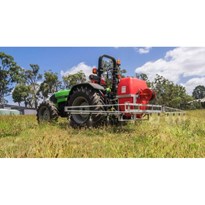
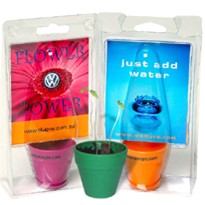
-375x300-205x205.jpg)